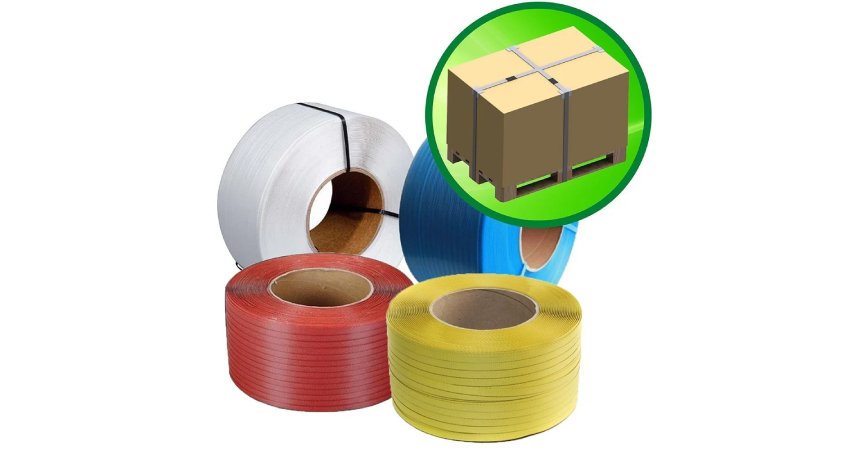Introduction
With the rapid growth of logistics, e-commerce, and packaging industries, the need for durable and cost-effective strapping solutions has become more important than ever. Box strapping is widely used for securing cartons, pallets, and bundles during storage and transportation. The PP-HDPE/PET Box Strapping Plant is specialized machinery that produces high-strength strapping rolls from polypropylene (PP), high-density polyethylene (HDPE), or polyethylene terephthalate (PET). These straps are used in industries ranging from logistics and FMCG to construction and agriculture. In this blog, we’ll explore what the plant is, how it works, its advantages, and why it’s a profitable investment.
PP (Polypropylene) Straps – Economical, flexible, and widely used in light to medium load packaging.
HDPE Straps – Higher stiffness, chemical resistance, and durability.
PET Straps – High-strength straps suitable for heavy loads, replacing traditional steel strapping in many industries.
Moisture and chemical resistant
Cost-effective compared to jute/cotton ropes
Working Process of Box Strapping Plant
Raw Material Feeding – PP, HDPE, or PET granules (often mixed with color masterbatch and fillers) are loaded into the extruder.
Extrusion – The molten polymer is extruded into thin straps through a die.
Cooling & Solidifying – The straps are cooled in a water bath to maintain shape.
Stretching & Orientation – Straps are stretched for improved tensile strength and elasticity.
Embossing (Optional) – Texture is added for better grip during strapping.
Winding – Finished straps are wound into rolls (jumbo or small core rolls).
Applications of PP/HDPE/PET Straps
Logistics & Transportation – Securing cartons, bundles, and pallets.
E-Commerce & Retail – Packaging of parcels, boxes, and bulk goods.
Construction & Building Materials – Bundling steel rods, pipes, tiles, and heavy loads.
Agriculture – Packing bales of crops, hay, and produce.
FMCG Industry – Securing cartons of beverages, food products, and consumer goods.
Paper & Printing Industry – Bundling newspapers, books, and corrugated boxes.
Key Factors When Choosing a Strapping Plant
Production Capacity – Depending on market demand (e.g., 80–300 kg/hr).
Strap Width & Thickness – Common sizes range from 6 mm to 19 mm.
Automation Level – Manual, semi-automatic, or fully automatic plants.
Embossing & Printing Options – For branding and improved usability.
Energy Efficiency – Advanced drives and heating systems reduce costs.
After-Sales Service – Availability of spare parts and technical support.
Future of Box Strapping Industry
The global demand for efficient and sustainable packaging is expected to rise sharply. With e-commerce, logistics, FMCG, and heavy-duty industries expanding, the need for PP, HDPE, and PET straps will continue to grow.
Additionally, the shift toward recyclable and eco-friendly materials will drive innovation in strapping solutions, creating new opportunities for manufacturers.


